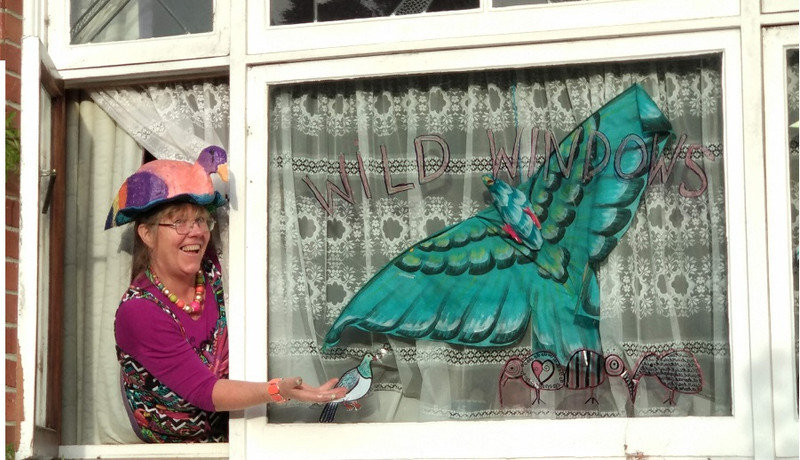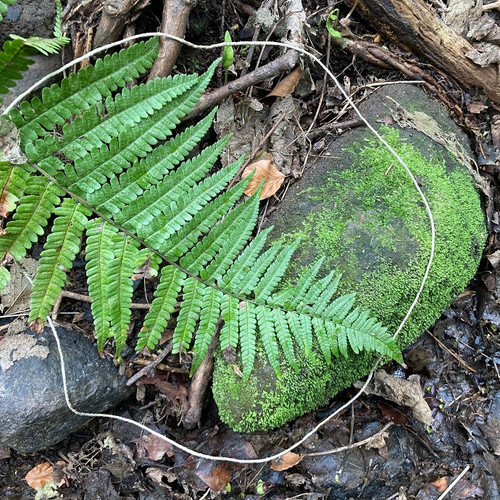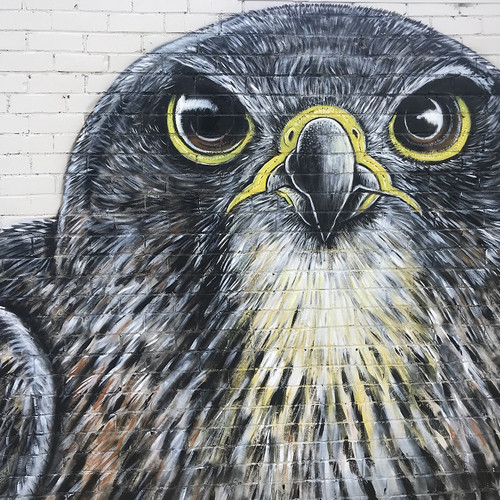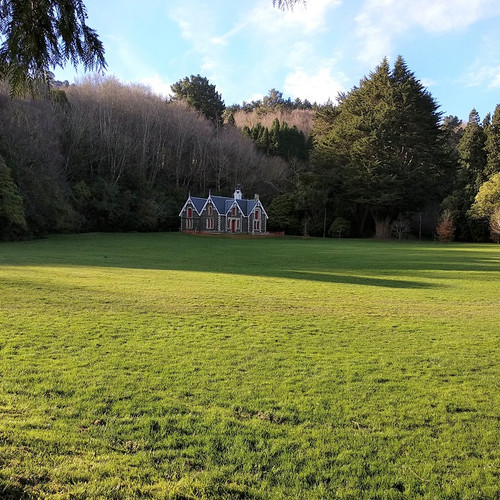Bird calls loud and clear!
#wildwindows #openVUE
Join us in the Wild Windows and Flighty Flags art display! Let’s celebrate this wonderful wild world and fill our valley with pictures of native birds in our windows (or fly a flag if your window is too hard to see for passers-by).
Over the weekend of the 9th and 10th of May, let’s fill the community with birds to let them know how welcome they are here. This is one easy way to bring the Kākā to the valley, a true “window of opportunity”!
Please take photos of your creations and post them on social media with the hashtags #wildwindows #openVUE.
Or post photos on the Facebook event, on your own pages and tag in Orokonui Ecosanctuary or The Valley Project pages. You can also join and share in the Open VUE Facebook group (facebook.com/groups/openvue) too!
Check out the latest issue of the Valley Voice - with a kākā you can colour in or download one of the amazing Madison Kelly's other bird illustrations by clicking to download the PDF below or simply create your own!
The more the merrier, open to all, let those paint brushes and crayons fly like a falcon!
Bird calls loud and clear!
With quieter streets, the birds will tweet! That’s what I’ve noticed, and I’m certain I’m not the only one. The calls of bellbirds, Tui, fantails and grey warblers have been astoundingly clear recently. With lighter traffic on the roads, the air is filled with many different tweets, chirps, cheeps and chitters of different bird calls rather than the usual hum of cars, trucks and busses.
It has been astounding to hear the “cheep, cheep” of a fantail and to watch it dancing around to catch invertebrates around the fig tree in my backyard. Fantails are incredibly active and agile birds, often performing highly aerobatic maneuvers in flight while foraging for their aerial prey. Fantails exhibit a foraging behaviour called “hawking”. This means that they will often snatch insects out of the air with their teeny tiny beaks, eating their catch in flight, known as "on the wing".
I am always surprised at their tiny bodies, but loud calling and large fan-shaped tail. The fantails I’ve been seeing in my backyard are the “Pied” morph, with their funky eyebrows, chinstrap and brown body with a cinnamon belly (the left image below). There’s also the “black” morph, with nearly totally black (or dark brown) feathers (the right image below). The Black morph is not as common, but there are a few I’ve seen at Chingford park, and in the Town Belt outside Moana Pool.
Fantails are endemic to New Zealand, meaning they are only found here. Fantails are known by a few different names. In Māori they are known as pīwakawaka or tīrairaka. Their scientific name is Rhipidura fuliginosa, but there are actually four recognised subspecies of fantail in New Zealand. The scientific name for the South Island fantails is Rhipidura fuliginosa fuliginosa. We can shorten this to R. f. fuliginosa.
Thankfully, fantails are not threatened in New Zealand, and they have adapted reasonably well to an urban lifestyle, but they do still face threats from predation by ship rats.
Recently Phil Seddon and Yolanda van Heezik spoke to RNZ all about our relationship with nature over the lockdown period and what that may look like into the future. Check out the radio interview here!
How about trying out a bird count?
If you’re keen to find out more about the birds in your backyard, you could try doing a bird count. Bird counts involve sitting quietly in your backyard (or looking out the window), noting down which species of bird you see or hear, usually for a 10 minute period. You can also count the birds, but be careful. You don’t want to accidentally count the same bird twice! By counting an individual bird as it comes and goes, you might think you have a larger number of individuals, when there’s actually only one! Count the birds of each species in the largest group you see, this will be your count. The NZ garden bird survey website has some good tally sheets and information for bird counts. Keep an eye out for the official NZ Garden Bird Survey and how to participate from 27 June to 5 July!
If you’re not too sure what species a bird is, try uploading a photo of it to iNaturalist and see if anyone on there can help you identify it.
Find out more about the amazing fantail on the NZ birds online website here.
If you’re keen to learn more about backyard birds, check out Episode 6: Backyard Birds from the Backyard Biodiversity Taiao Taiepa Ki Tua Facebook page.





